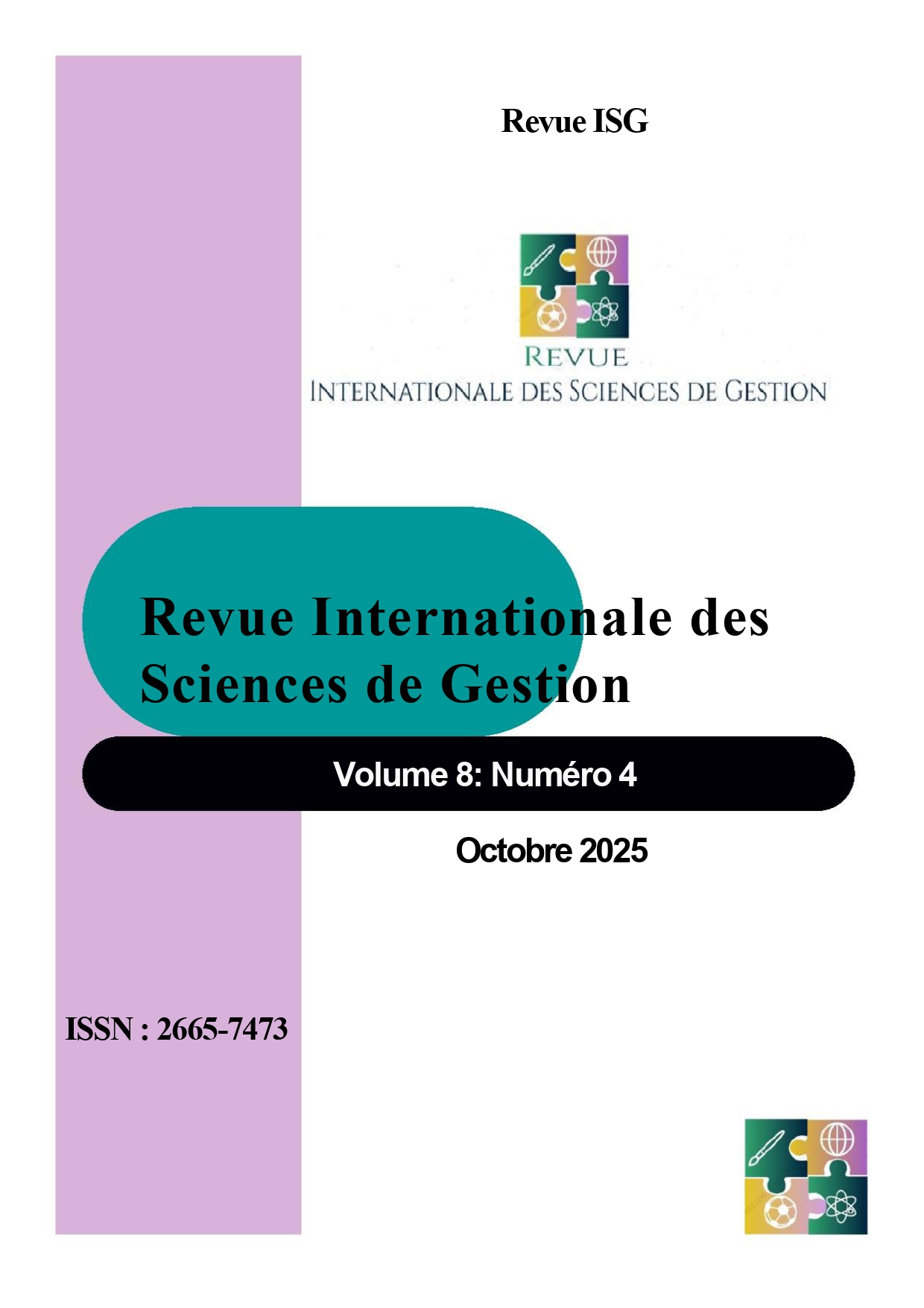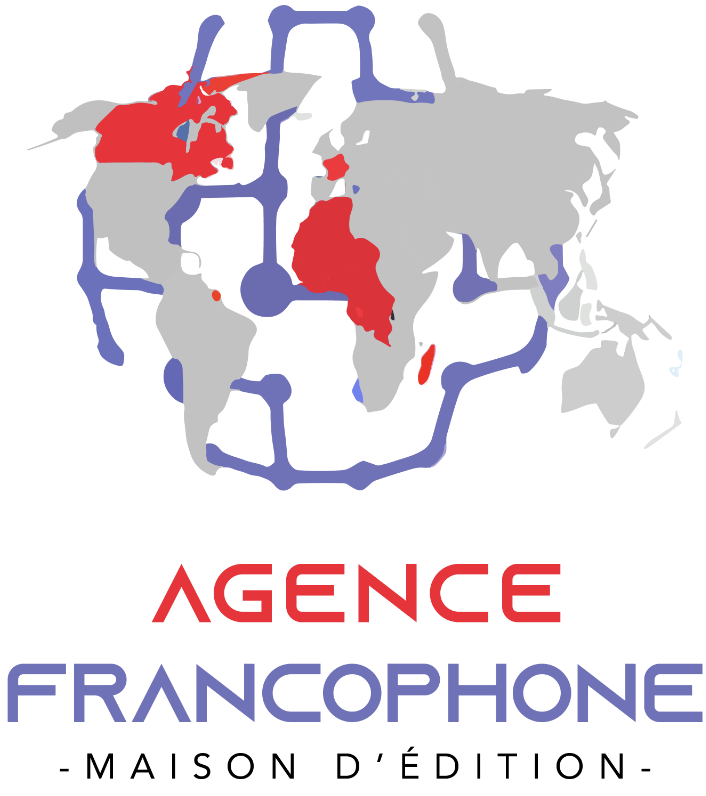From Social Proof to Diagnostic Tool: Unraveling the Uncertainty-Reduction Pathway of User-Generated Content
Keywords:
User-Generated Content (UGC), Uncertainty Reduction Theory, Purchase Intention, Online Retail, Product Uncertainty, CB-SEMAbstract
Although studies have largely examined and established the effect of UGC (User-Generated Content) on purchase intention, psychological mechanisms driving this effect, through which UGC influences consumer decisions, remain underexplored. This research moves beyond the studies grounded exclusively in trust and emotion, focusing on a model positions product uncertainty reduction as the pivotal mediating process linking UGC characteristics to purchase intention in online retail. Embedded in Uncertainty Reduction Theory, investigation explores how three key UGC characteristics-trustworthiness, valence, and information richness-systematically alleviate dimensions of product uncertainty: performance, description, and fit, respectively. Data were collected through an online survey from 455 Tunisian active online shoppers. Results were analyzed by means of CB-SEM. Findings reveal a powerful mediating pathway whereby UGC characteristics explain 68% of the variance in uncertainty reduction, which in turn significantly predicts purchase intention (R² = 0.59). Importantly, the effects are differentiated: information richness most strongly reduces performance and description uncertainty, while valence is the primary driver of fit uncertainty reduction. Trustworthiness consistently underpins all dimensions. These results develop theory by detailing the cognitive, uncertainty-driven mechanisms of UGC and afford managers actionable insights into how to tailor UGC strategies based on different product types and consumer concerns.
Downloads
Downloads
Published
How to Cite
Issue
Section
License
Copyright (c) 2025 Safa MEDIMAGH

This work is licensed under a Creative Commons Attribution-NonCommercial 4.0 International License.


















